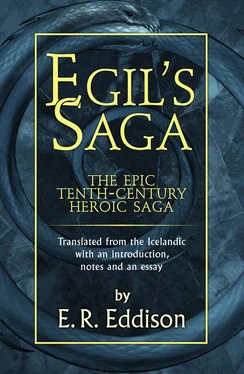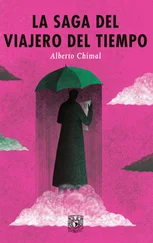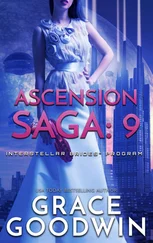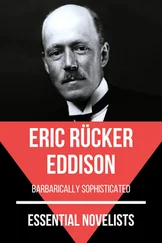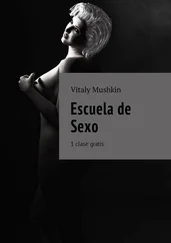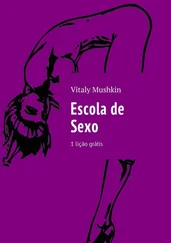GENEALOGICAL TREES
CHRONOLOGICAL TABLE
LIST OF ABBREVIATIONS
TERMINAL ESSAY: ON SOME PRINCIPLES OF TRANSLATION
NOTES:
I. Books for English Readers
II. Berserk
III. Shape-strong
IV. General Note on the Verses
V. The Scorn-Pole
VI. Earl Hakon the Great
Miscellaneous Notes
INDEX
MAP OF NORWAY IN THE SAGA-TIME
MAP OF THE COUNTRYSIDE ABOUT BURGFIRTH
Also by E. R. Eddison
About the Publisher
PREFACE
EGIL SKALLAGRIMSON of Burg is the main actor in this history, not its author. Who its author may have been we do not know, and probably never shall. The time is a thousand years ago: the place the northlands, generally Norway or Iceland. Certain famous scenes (the battle of Winaheath and the great drama of the Höfuðlausn in Eric’s hall at York) are staged in England, and this in itself may be thought to give this saga a special interest to English readers. But quite apart from such accidents of staging, no Englishman, I think, can read the book attentively without becoming aware that this is not a foreign book but curiously his own, curiously English. The accent and manner of the story, the characters in it, their instincts and reactions and, in a subtle and fundamental way, their whole outlook on life, seem native to us; and if this is surprising it is only because we have grown accustomed to regard as distinctively English many qualities that have come down to us through the Norse strain in our ancestry.
The present edition is meant first for the man in the street, and only secondarily for the expert or scholar. The Icelandic sagas, of which Egil’s Saga is one of the most important, are documents of interest to inquirers in many fields, history, anthropology, comparative law and custom, philology. That interest they hold in common with a thousand musty chronicles. But the sagas have another quality which they share only with a few of the great literary masterpieces of the world: the quality of vivid, unstaled and undauntable life. If they are to-day, after so many hundred years, still read and re-read in every farmhouse in Iceland, it is from no obsession with the bones of a dead past, but because the sagas are replete with individual character and action; because they are swift, direct, dramatic; because on their pages real men and women play out their everyday existence on the stage of the world uninterrupted by extraneous judgement or comment, and disguised by no specious but false lightings of romance.
The general reader, then, I have had mainly in mind. For his sake I have kept the pages of the translation free from the distraction of footnotes: I have confined the Notes at the end largely to points the elucidation of which is helpful towards the fullest enjoyment of the story and (a very different and much more troublesome matter) an understanding of the verses which occur here and there: I have included in the Introduction such general facts about the settlement of Iceland by the Northmen, the state of society in the North in the heroic age, and the nature of the classic literature as such a reader may be interested to know of if he takes up the book with no previous knowledge of the subject. Further I have, by the addition of genealogical trees, chapter-headings, and a carefully framed index, done all I could to smooth away what is the only serious obstacle met with on a first acquaintance with the sagas: the difficulty on a first reading of carrying in one’s mind the many different persons, and sorting out the major from the minor characters.
Egil’s Saga has not hitherto been available to English readers. A previous attempt to translate it was made, some thirty-five years ago, by the Rev. W. C. Green. It is to be feared that the translator little understood the qualities of his original or the difficulties of his task. His version (now out of print) in its flaccid paraphrasing, its lack of all sense of style, its latinized constructions, and (a comparatively venial offence) its foolish and unavowed expurgations, conveys no single note or touch of the masterpiece with which he was dealing.
I have based my translation on Dr Finnur Jónsson’s text in his latest edition published at Copenhagen, 1924.
I wish to place on record my obligations to the many people who have helped me in this work. First, to Mr Bogi Ólafsson, teacher of English in the Grammar School at Reykjavik, who has given me the inestimable assistance of his criticisms of my renderings after reading the whole of my manuscript through in its first draft. Thanks to his generous help, I can at least be sure that my text is free from the grosser mistakes which must otherwise have crept into it. Secondly, to Professor Sigurður Nordal, whose own new annotated edition of the original was unfortunately not available in time for me to make use of it in preparing my Notes. He has however kindly read in MS both the Introduction and the Terminal Essay, in both of which, and in the Notes, there is much that owes its existence to his inspiration and learning. Among others to whom I am indebted are Dame Bertha Phillpotts, for her constant interest and encouragement; Sir Henry Newbolt; Professor Haakon Shetelig; and Mr Gerald Hayes for the beautiful maps he has designed and given me. I also thank Dr Finnur Jónsson, for courteously authorizing me to make use of the valuable material embodied in his editions of Egils Saga ; Messrs Bernard Quaritch, for giving me full authority to quote from their Saga Library , which, besides containing Morris’s magnificent (indeed, the only readable) translations of such important sagas as the Ere-Dwellers (Eyrbyggja ) and the Heimskringla , affords in its concluding volume a mine of useful historical and critical information; Messrs Longmans Green and Co. and the Trustees of the late William Morris, for allowing me to quote from Grettir the Strong and Three Northern Love Stories ; Professor E. V. Gordon and the Clarendon Press for permission to quote a passage from his Introduction to Old Norse ; Messrs Longmans (again), the Syndics of the Cambridge University Press, and Count Hermann Keyserling together with his publisher, Mr Jonathan Cape, as regards quotations from R. L. Stevenson, the Cambridge Medieval History , and the Travel Diary of a Philosopher respectively. To Mr Cape I am also obliged for his agreement to my including in the Introduction my version of part of the Völospá , originally printed in my historical novel Styrbiorn the Strong . Finally, I am grateful to Mr Walter de la Mare for letting me use on a fly-leaf (see here) words of his which, though written in another context, sum up far better than could any words of mine the peculiar genius of the sagas.
Of Egil’s personal character the saga and the specimens of his own poetry which it preserves can speak more eloquently than any latter-day translator. I will only say that the school of criticism which questions the veracity of the saga on the ground that (for example) the gouger out of Armod’s eye could not in nature be also the tender and sublime poet of the Sonatorrek , is a school that knows little of humanity. In his pride, his reckless violence, his selfishness, as well as in his love of his art and in his simple faith that God is on his side and that those who disagree with him are therefore patently hostes humani generis , he stands side by side with Benvenuto Cellini. It is never to be said of Egil, whatever his faults, that he was a little man; or a liar; or a man without “kinship with the stars”.
E. R. E.
71, BEDFORD GARDENS
CAMPDEN HILL, W.
September 1930
Μ υάσεσθαί τινά ϕαμι καὶ ὔστερον ἅμμεων .
Читать дальше
